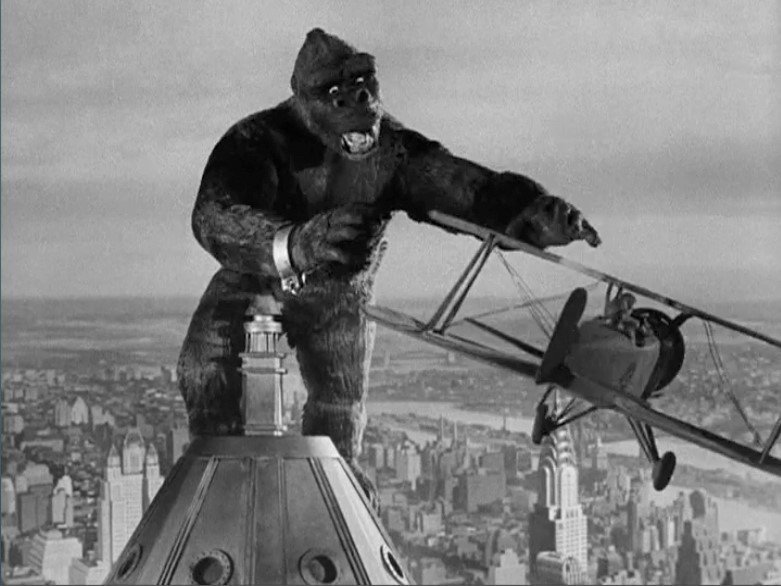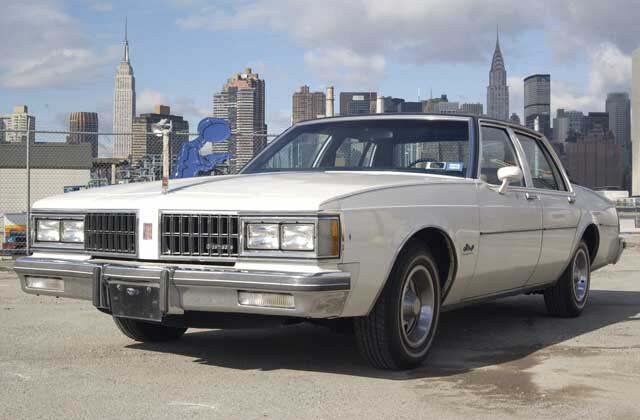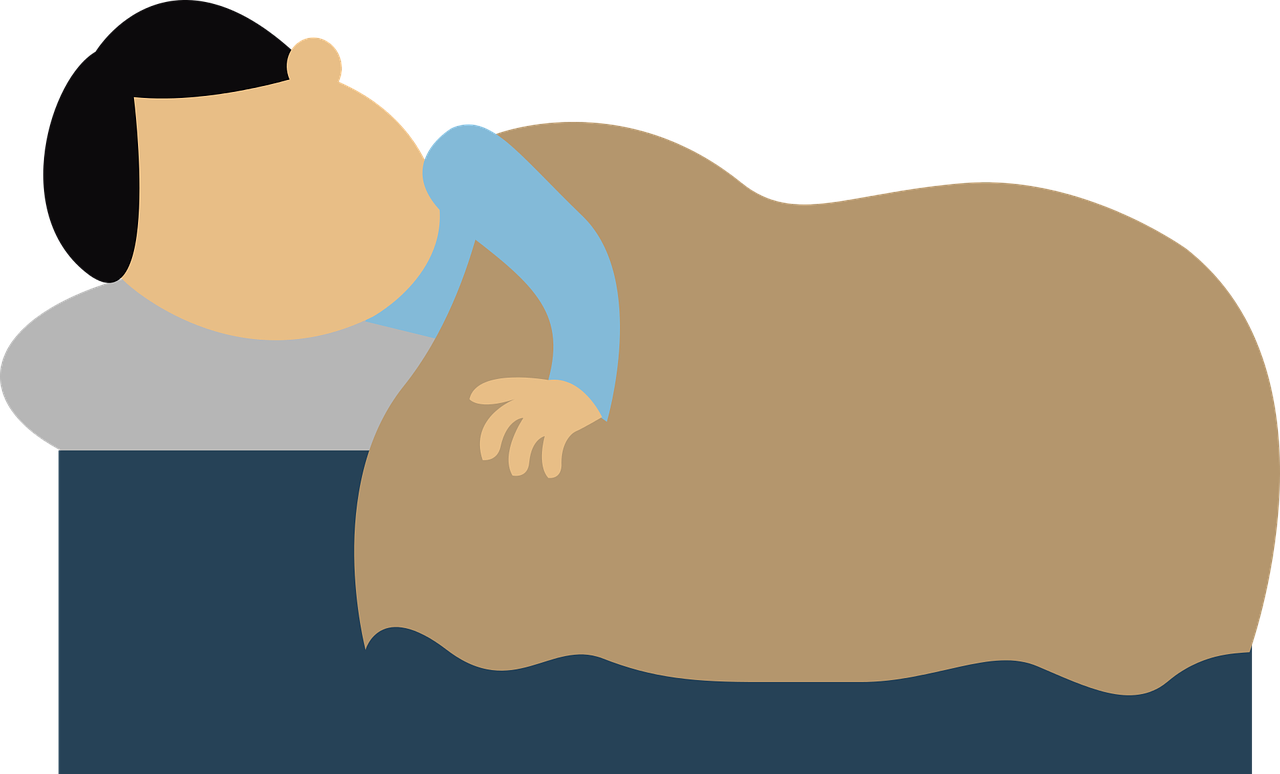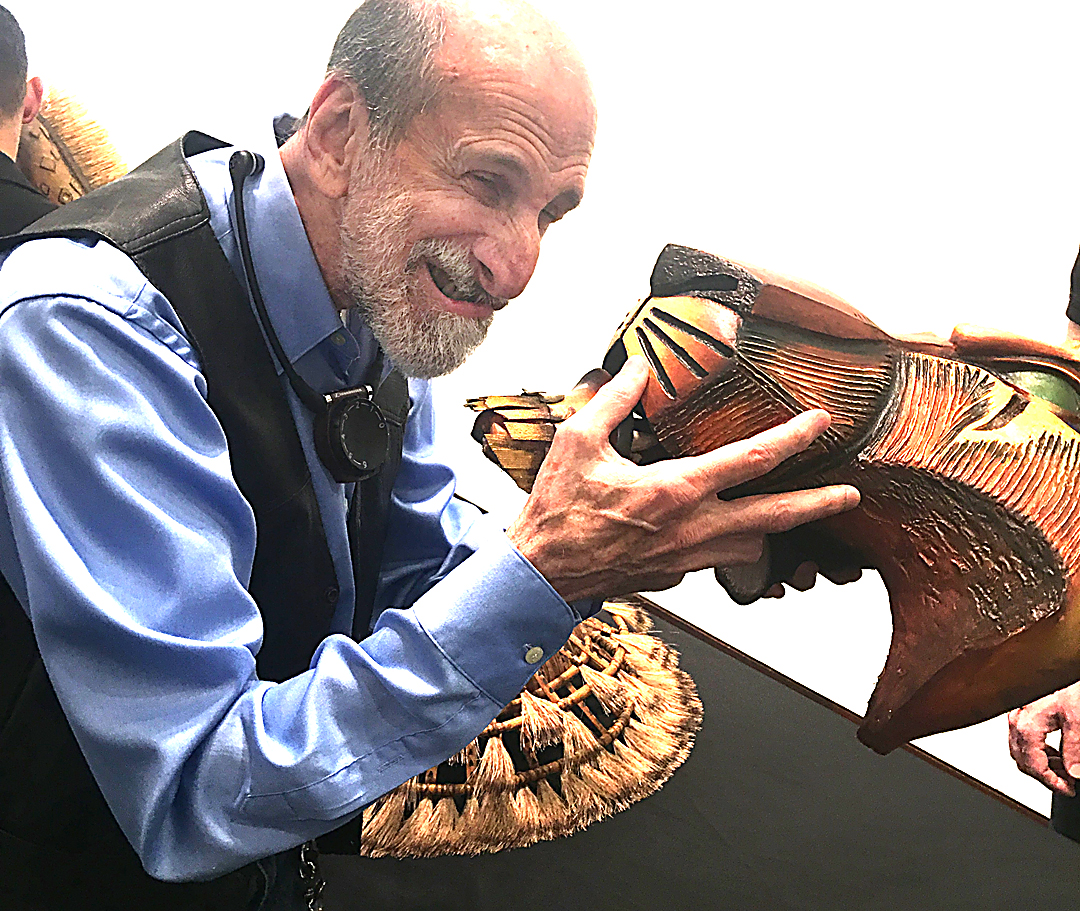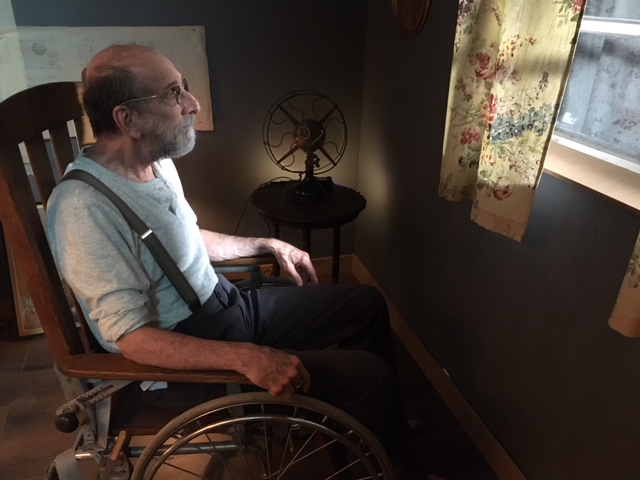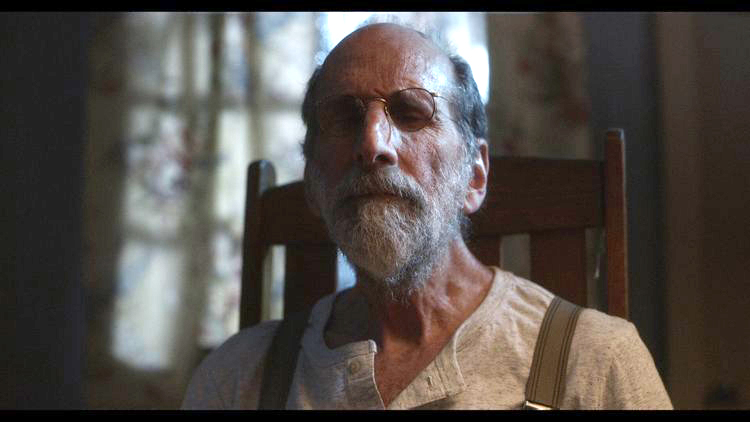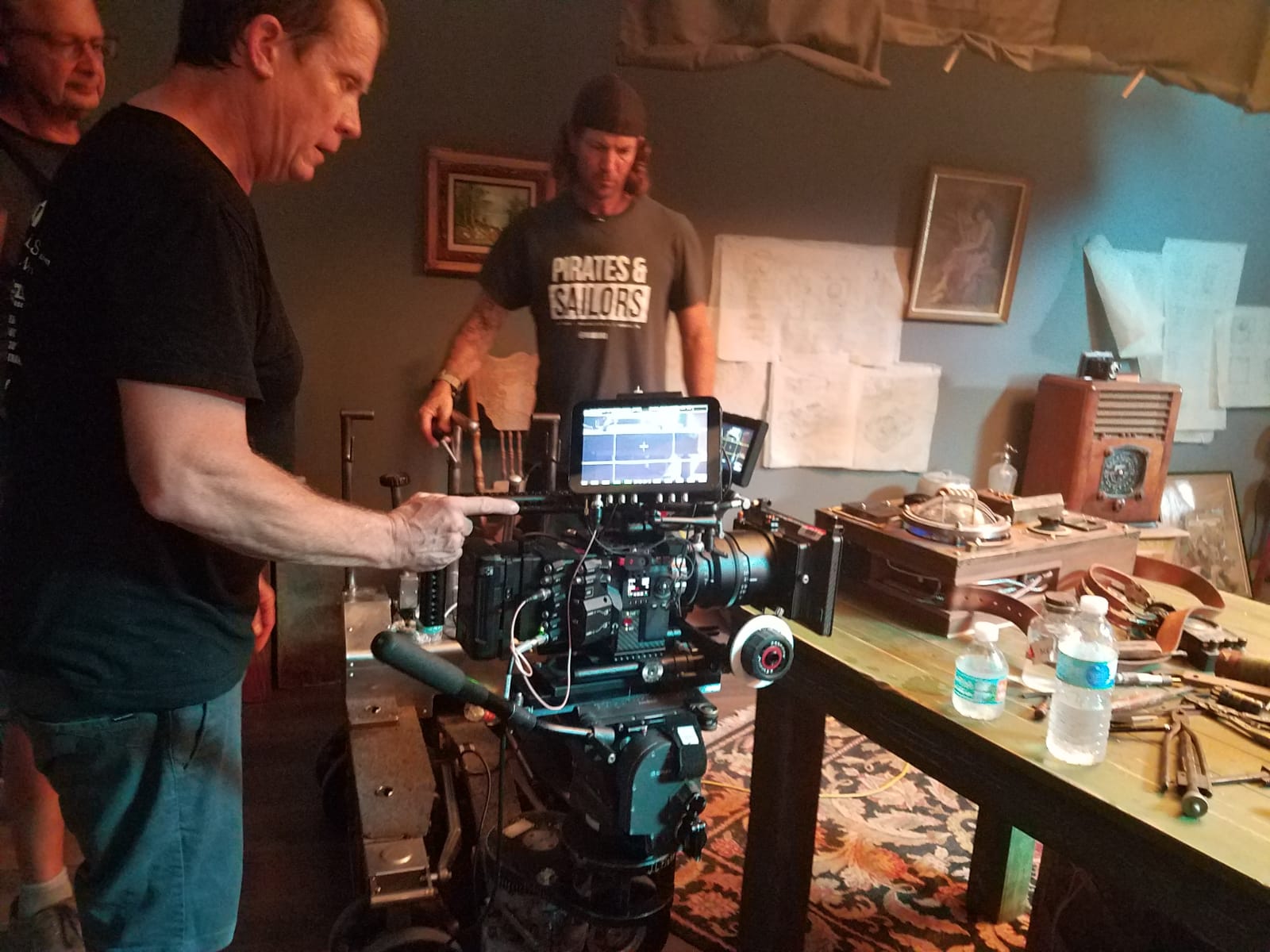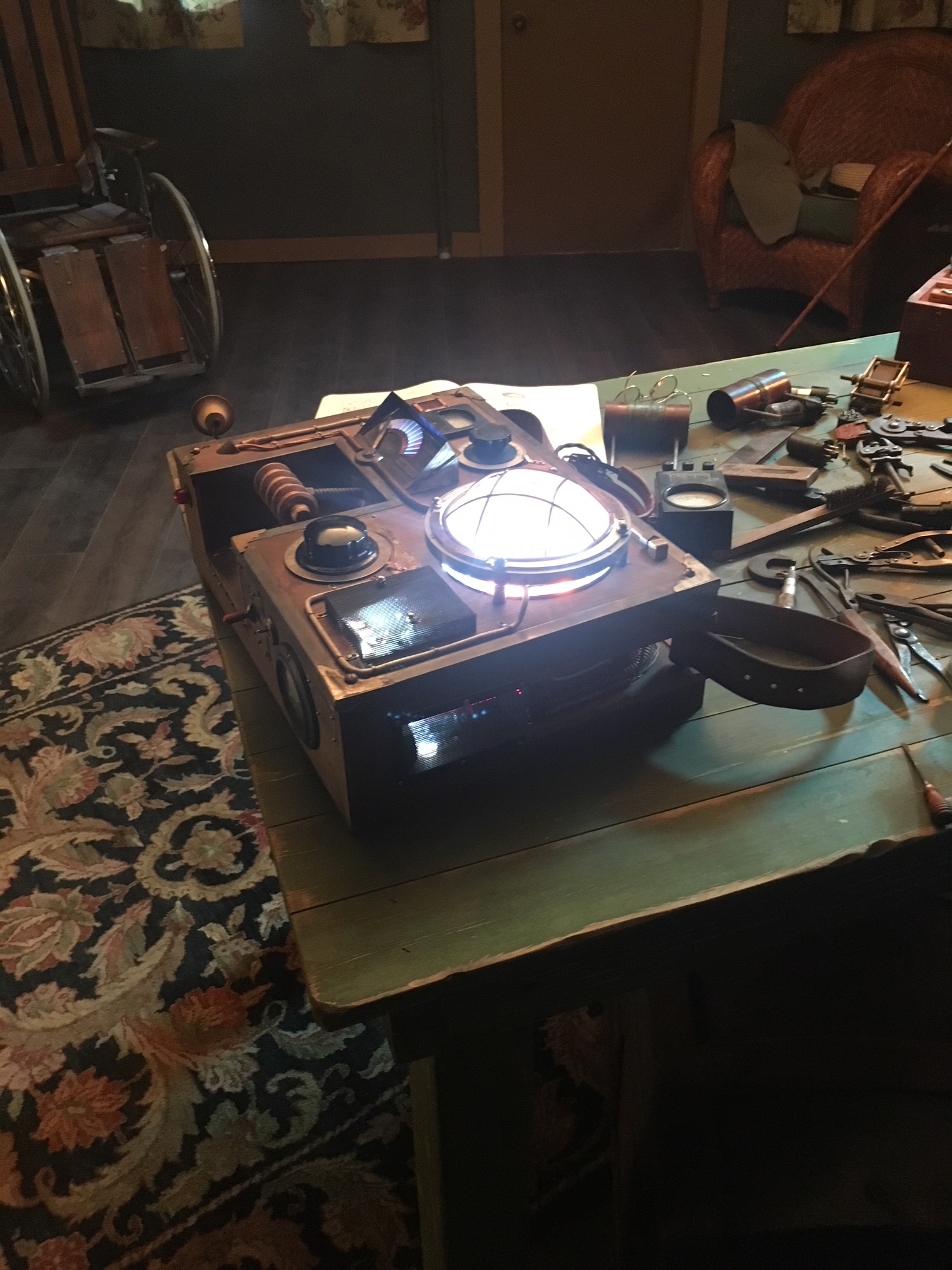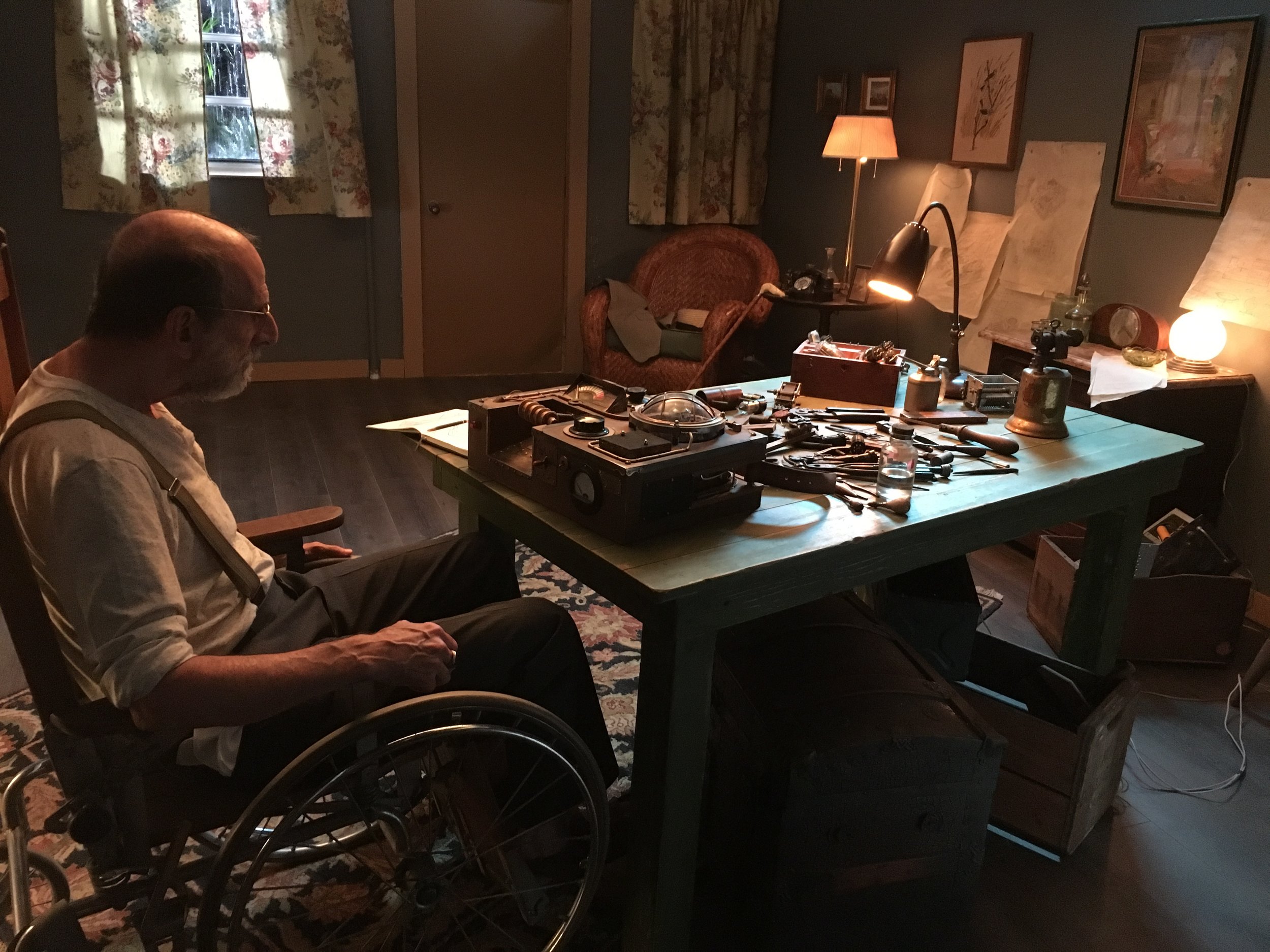King Kong
As kids, my brother and I tapped into movie making with the help of our grandfather, who supplied us with a Bell and Howell 8mm camera, tripods, lights, editing equipment, a projector and paid for all the film processing. We recruited the neighborhood kids as our actors, wrote scripts, explored camera angles, employed special effects, and learned how to tell stories through film, including the epic “Water Boy,” lampooning the 1960s Batman TV series. I played Water Boy and was a natural in front of the camera, even leaping over a cement fence in a single bound!
Our love for the cinematic arts ran early and deep. We were both awed by the 1933 film “King Kong.” Brother Frank was struck by just how Kong moved, planting the seeds for a career for him in animation, first with his own studio, then with Disney, Warner Bros and DreamWorks, and I created a stand-up bit where I acted out the entire story in 60 seconds, playing all the characters, including Kong.
At the age of 10 while watching the movie “Carousel” and hearing Gordon MacRae belting out "Soliloquy," I was gobsmacked. Somehow it struck me even then how words could be insufficient to express emotions, and when words fell short, people bursting into song to fully express themselves was for me a natural thing to do. The musical propelled me into a different level of being. Crushing on Shirley Jones also helped me fall in love with that world…every time I hear “If I Loved You,” time still stands still.
My gateway role onto the stage was the old Shakespearean actor Henry in “The Fantasticks.” I was 17 at a summer camp in Georgia and the drama director approached me for the role, as I was a lanky dude with a character face. It was love at first part.
Returning to that same summer camp as the drama director for several summers, I staged musicals including “Carousel,” “The Music Man” and “West Side Story.” One morning while I was chatting with the camp director, he asked me about my future. I said to him that I was thinking about giving acting a shot in order to get it “out of my system.” He said, “Or get it ‘into’ your system.” Prophetic.
One afternoon during my first year as a psychology undergrad at the University of Florida, I glanced at an audition notice tacked up on the student union bulletin board for “Paint Your Wagon” being held at the campus theatre. I landed a part. I went on to perform in several productions over the next 4 years, including hoofing it second from the right in the chorus of “Anything Goes” (tap dancing was not in my wheelhouse). I graduated from the university and hit the road in a southeastern U.S. tour of “Waiting for Godot,” my first paying gig. Theatre was now running steadily through my veins.
After graduating, I was stoked to follow a path in the musical theatre and tripped the boards in “Stop the World, I Want to Get Off,” “Minnie’s Boys,” “South Pacific” and “Godspell” and then left the stage for 21 years to work a full-time day job and raise a family. During that time, I turned my attention to film, landing some bit parts in movies and TV shows and was the principal character in numerous commercials. It was easy enough to leave the job to be a day player on a shoot but holding a full-time job during the day and acting in a 6-week theatre gig at night was burning both ends of the candle.
At this point, my creative bent took a turn inward and I started writing for the stage, collaborating on 3 musicals, my bailiwick being book and lyrics: “Max,” “Billion Dollar Sandbar,” and “South of the North Pole - A New Holiday Musical” which garnered an ASCAP Musical Theatre Award.
Beginning around the time of my first camp gig when I was 17, I began slowly losing my sight from retinitis pigmentosa and became totally blind by age 35. Regardless and Undaunted, my mind persistently kept driving me to continue to live in the creative world, and I kept landing jobs, always grateful to those artistic directors who focused on my abilities first, rather than my blindness. It became a collaborative process of counting steps, turning a certain way, reacting to a voice rather than a face, keying off stage and set pieces and the like, in order to appear ‘sighted’ on the stage and screen, since the lion’s share of roles I played were sighted characters. Actually, the stage and set turned out to be an ideal workspace (small and confined) for a blind person to negotiate.
1776
Of course, having a day job all those years to maintain reliable cash flow was critical to my family. Then after 21 years in retail, I began to wonder “what’s next?” Hmm. The thing that kept coming to me was my first love, the musical theatre. But now I was a blind actor and wondered if anyone would hire me? I figured the way to find out was to audition, and if no one gave me work, I would just do something else. I did and I did. After runs in many musicals including “The Rocky Horror Show,” “1776” and “A Funny Thing Happened on the Way to the Forum,” I had opportunities to mine a few dramatic parts. I landed a plum role In “Blind Date,” finally playing a blind character for which I received New Theatre’s Hindman Award. I went on to perform in several seasons of New Theatre’s Shakespeare Festival, culminating in playing Shylock in “The Merchant of Venice.” It was here where I refined my classic chops.
Blind Date
Shylock taking his pound of flesh - Merchant of Venice
I went on to play characters in “Amadeus,” “Three Sisters,” “Our Town,” and recently I came off “Antigone,” where again I played a blind guy, the soothsayer Tiresias.
What has kept me in this world of the stage and screen for all these years? Love. As children, we loved to “play!” So, I’ve just never stopped playing.
Steve Gladstone
The Blind Dude

